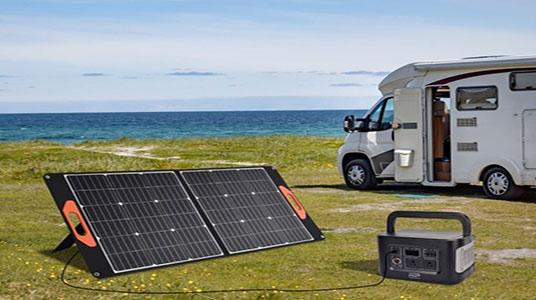Portable solar generators, also known as portable power stations, are a reliable and versatile source of power. They are becoming increasingly popular due to their eco-friendliness, cost-effectiveness, and portability. When choosing a portable solar generator, there are several factors to consider to ensure that it meets your power needs and is suitable for your application.
Power output and capacity: The power output and capacity of a portable solar generator determine the amount of power it can produce and how long it can power your devices. It is essential to choose a generator with enough power to meet your needs. Consider the wattage of the appliances you plan to power and choose a generator with a sufficient output to meet those needs. Most portable solar generators have a power output ranging from 100W to 2000W.
Battery type and capacity: Portable solar generators come with different types of batteries, such as lead-acid, lithium-ion, and nickel-metal hydride. Lithium-ion batteries are the most popular due to their high energy density and longer lifespan. Battery capacity is also an important consideration, as it determines how long the generator can power your devices before needing to recharge. A higher capacity battery will provide more power and run time.
Portability and weight: Portability is a key factor when choosing a portable solar generator. Consider where you will be using the generator and how easy it will be to transport it to that location. Look for a lightweight generator that is easy to carry, with built-in handles or wheels for easy movement.
Additional features: Many portable solar generators come with additional features, such as built-in inverters, USB ports, and AC outlets. These features can be useful for powering different types of devices and appliances.
When choosing a portable power station, it is important to consider factors such as power output and capacity, battery type and capacity, portability and weight, and additional features. By taking the time to choose the right generator, you can ensure that you have a reliable and efficient source of power whenever you need it.

